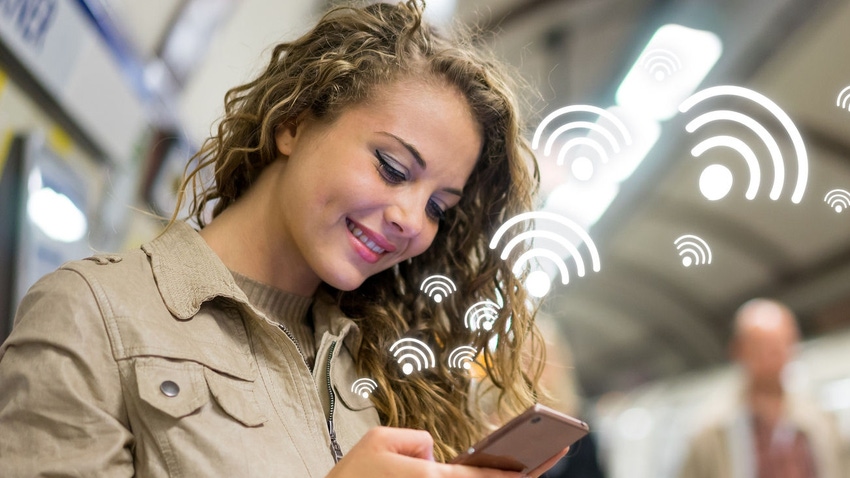London’s Elizabeth line gets mobile connection on four stations
London’s latest underground line, Elizabeth line, has been connected with 4G and 5G on four of its central London stations, covering the West End to the City.
December 20, 2023

All four UK mobile operators, EE, Vodafone, Three, and Virgin Media O2 (VMO2) are participating in the roll out. The project which now also includes 5G coverage, in addition to 4G-ready connectivity, is being delivered for the Transport for London (TfL) by Boldyn Networks (formerly BAI Communications). The company was awarded a 20-year concession by TfL in 2021 to deliver 5G-ready mobile connectivity across the entire Tube network.
“Our work with TfL across the transport network has rapidly accelerated this year and we are excited to announce this further expansion of high-speed mobile connectivity ahead of the festive period.” said Billy D’Arcy, CEO of UK & Ireland at Boldyn Networks. “This is another important milestone in our mission to deploy a new digital infrastructure across London that connects businesses and people, and helps to make the city a safer and smarter place to live, work and travel.”
Boldyn is also installing a fibre backbone across London to improve connectivity both above and below ground. The aim is to bring socio-economic benefits to local businesses and communities. Other infrastructure partners include Nokia.
The four stations, Bond Street, Tottenham Court Road, Farringdon and Liverpool Street form some of the busiest in Central London. The Mayor of London, Sadiq Khan, has heralded the news as a “major boost for those travelling around London”.
The coverage now includes platforms, escalators and tickets halls, while tunnels are planned to be covered in early 2024, while the goal remains for a significant proportion of the entire underground network to have 4G and 5G mobile coverage by the end of 2024.
Works for the mobile equipment installations are being done outside of operational hours and overnight across the Tube network and must be wrapped up before the network opens to the public each morning. Once complete, more than 2,000 kilometres of cabling alongside thousands of radios will be installed within tunnels and stations.
“[The new mobile coverage] will help Londoners and visitors to the capital to better navigate the capital and stay connected underground.” said the London Mayor. “Growing numbers of underground Tube stations now have 4G and 5G services, with many more to come as we continue to build a better London for everyone."
If you have ever taken the Tube in London, then you know mobile coverage across the network and inclusive of tunnels certainly benefits travellers for all the obvious reasons. But perhaps most importantly, it will also host the new Emergency Services Network (ESN) which once fully operational, should provide first responders with immediate access to data, images and information which we are told can be lifesaving in live situations and emergencies.
About the Author(s)
You May Also Like








.png?width=300&auto=webp&quality=80&disable=upscale)


_1.jpg?width=300&auto=webp&quality=80&disable=upscale)


.png?width=800&auto=webp&quality=80&disable=upscale)